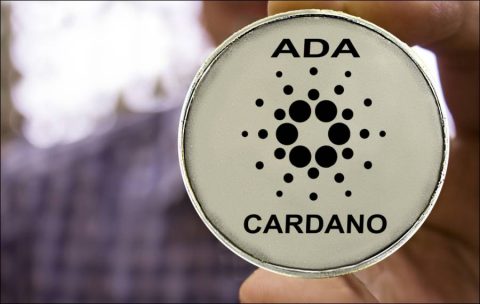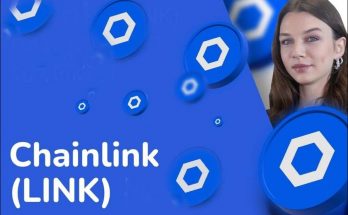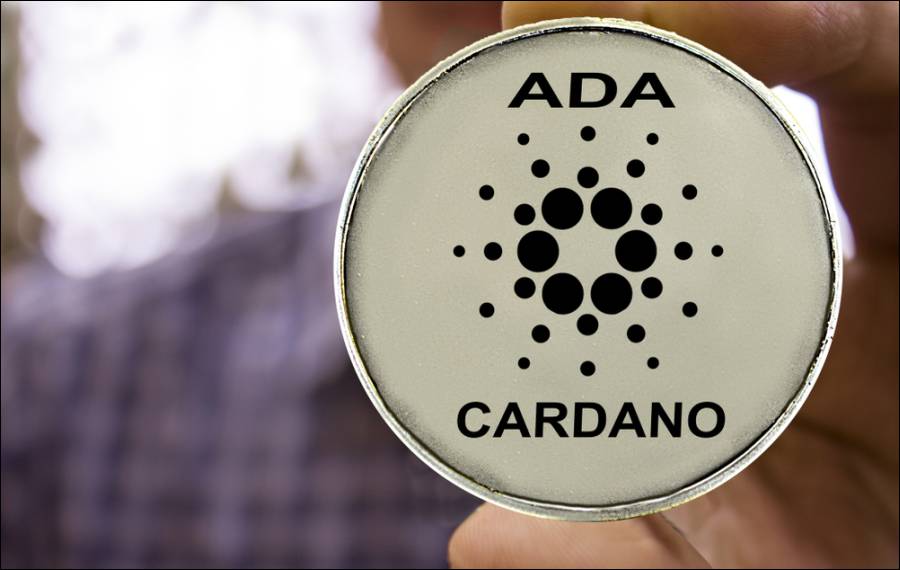Cardano platform, which started to be developed in 2015, was implemented in 2017 by Charles Hoskinson, one of the co-founders of Ethereum and BitShares. The project is supported by these three organizations: Cardano Foundation, an independent Switzerland-based organization that manages the development of the ecosystem, IOHK, which is involved in the design and development phase, and Emurgo, the business line that supports its commercial dimension.
Cardano’s developers argue that ADA is a 3rd Generation cryptocurrency, and it is the first decentralized blockchain to evolve from a scientific philosophy and be developed with a research-first approach. Cardano is coded in the Haskell programming language.
As an alternative to the Proof of Work system used by Bitcoin, Cardano uses the Ouroboros Proof of Stake consensus mechanism. For detailed information on how Proof of Stake works, what is Proof of Stake? How does it work?
In the Ouroboros Proof of Stake consensus mechanism, time slots are divided into parts called epochs. Each circuit is run by an elected slot leader who is tasked with creating and validating blocks on the Cardano blockchain. If a slot does not create a transaction block in its circuit, provided that 50% or more of its blocks are produced in a circuit, the turn moves on to the next slot leader. Transactions in blocks are approved by the input endorsers, which are selected based on the shares, after they are generated by the slot leaders. A circuit can have more than one input validator.
Cardano offers high scalability and security with a layered architecture. ADA lives on the layout layer within the platform. This layer is similar to Bitcoin and keeps track of transactions. The second layer is the computational layer, similar to Ethereum, which enables smart contracts and applications to run on the platform. Cardano focuses on first and second layer functionality as well as non-functional requirements, namely scalability, maintainability, and interoperability. The foundation of Cardano’s scalability is the separation of the layout and computation layer and their proof technology.
A total of 45 billion pieces of ADA were produced. Currently, approximately 31 billion ADAs are in circulation. Of these, 26 billion were sold and launched with an ICO in 2017.
How to Store Cardano (ADA)?
Cryptocurrencies can be stored in desktop or mobile wallets or hardware wallets. For Cardano (ADA), you can use Deadalus, a full-node wallet developed by IOHK, recommended by the developers on their websites, and Yoroi, a wallet that works as a browser plug-in developed by EMURGO. If you wish, you can also download Yoroi to your mobile device.
Visits: 94




